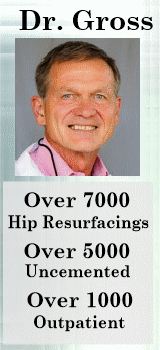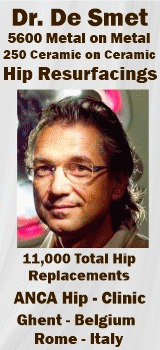To add to Pat's very informative points above, the sheer number of variables involved, and the combinations/permutations of variables involved in this very complex set of equations-- that are hip problems and hip solutions-- represent essentially an infinite number of possible outcomes. Consider the widely variable human element, as well as the physics, biomechanics, geometry, physiology, metalurgy, psychology, surgical approaches, devices, disease process, etc, etc, etc and the possible things that can go right or wrong is really, really large. So many differences in all these elements are possible and in play in each one of these surgeries, and each one of the recoveries, and everyone is essentially unique to some degree.
I can't speak for any other surgeons, but as far as my surgeon, he exhibits a genius-level command of many, many things related to these complicated surgical procedures, but even then, me, the patient, accepted a substantial risk, knowingly, by seeking to undergo the HR procedure because it is relatively new and certainly still evolving. I accepted that risk to get out form under the last couple of very difficult and limiting years, and with the knowledge that I was enagaged with a top-notch surgeon who continues to learn and evolve constantly based on sound, quantitative research, and with trust that he would do his absolute best. It has gone very well for me so far at 12 weeks, but I do understand it is not a given that will continue beyond today (although I'm confident it will, a matter of hope not statistical certainty at the end of the day).
That kind of trust has to something you have to be very, very comfortable with as you approach something as complicated as this surgery. Also critically important to acknowledge the risks involved and how this may not turn out as desired, days, months or years down the road. I follow what I'm told to do very closely to minimize those risks, but nonetheless, nothing is guaranteed. A 90-something positive outcome, for me, was completely acceptable.











